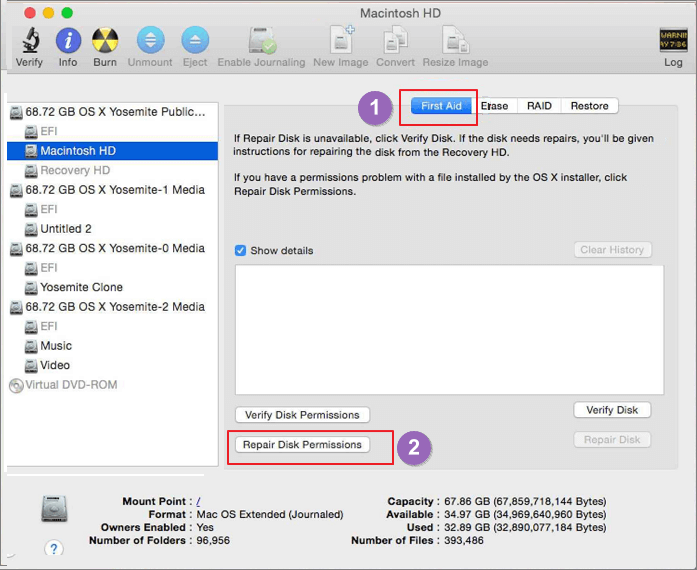

For example, type man chmod into the Terminal window to display its detailed help page and usage information. The built-in manual can be used to obtain more details about each command. However, the first method mentioned above is far simpler and can achieve the same results.

More advanced users that are already familiar with UNIX-style commands may prefer to use Terminal’s chmod command to change file permissions and Access Control settings. Adding additional users to the file permissions list METHOD 2: Using Terminal For example, the + button presents a choice of usernames to add to the permissions list, and also allows you to add a new username by creating a new user account. Lastly, you can use the + and – buttons to add or remove individual users and set their permissions on the item. If you make any changes and subsequently change your mind, there’s also a useful option to revert the changes back to the previous settings. The actions button (the gears icon) at the bottom of the window presents a few more options to change the item’s owner, or apply the changes to all of the enclosed items and subfolders. Basics Of Unix Permission and How Unix Permission Works


 0 kommentar(er)
0 kommentar(er)
